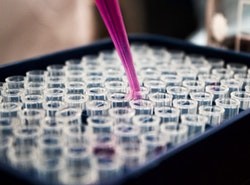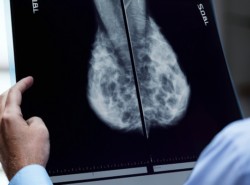
Humanised xenograft model for dissecting species-specific mechanisms of osteotropic breast cancer metastasis
Published: 10/9/19 1:48 AM
Dietmar W. Hutmacher
Early-stage detection of breast cancer bone metastases is challenging, and once established, the disease is virtually incurable. This highlights the urgent need to develop new approaches for the clinical management of the disease. Unfortunately, efforts towards this have been hampered by the lack of suitable animal models that recapitulate human bone metastasis. In traditional models, researchers inject human cancer cells into the animal and then they analyse the interactions between human cancer cells and mouse cells. However, it is well-known that there are incompatibilities in these mutual interactions and human cancer cells behave differently when grown in a human or mouse microenvironment. Conclusions drawn from observations of human cancer cells grown in a murine organism can therefore not directly be transferred from bench to bedside.
To address this challenge, Dietmar Hutmacher and colleagues aim to develop a fully humanised mouse model of breast cancer bone metastasis, where human cancer cells grow in humanised breast tissue and metastasise to humanised bone. In this model the human elements will be incorporated into the rat mammary fat pad and skeleton, respectively. This fully humanised model of breast cancer bone metastasis will recapitulate the conditions seen in the clinic to a much greater extent than traditional animal models.

